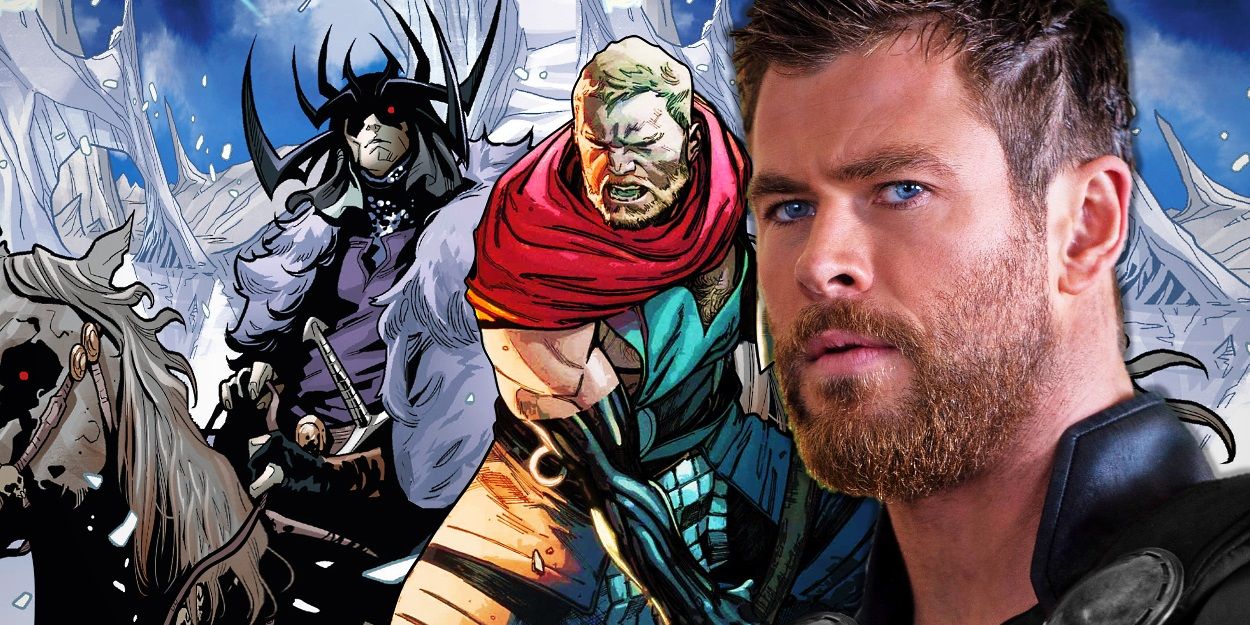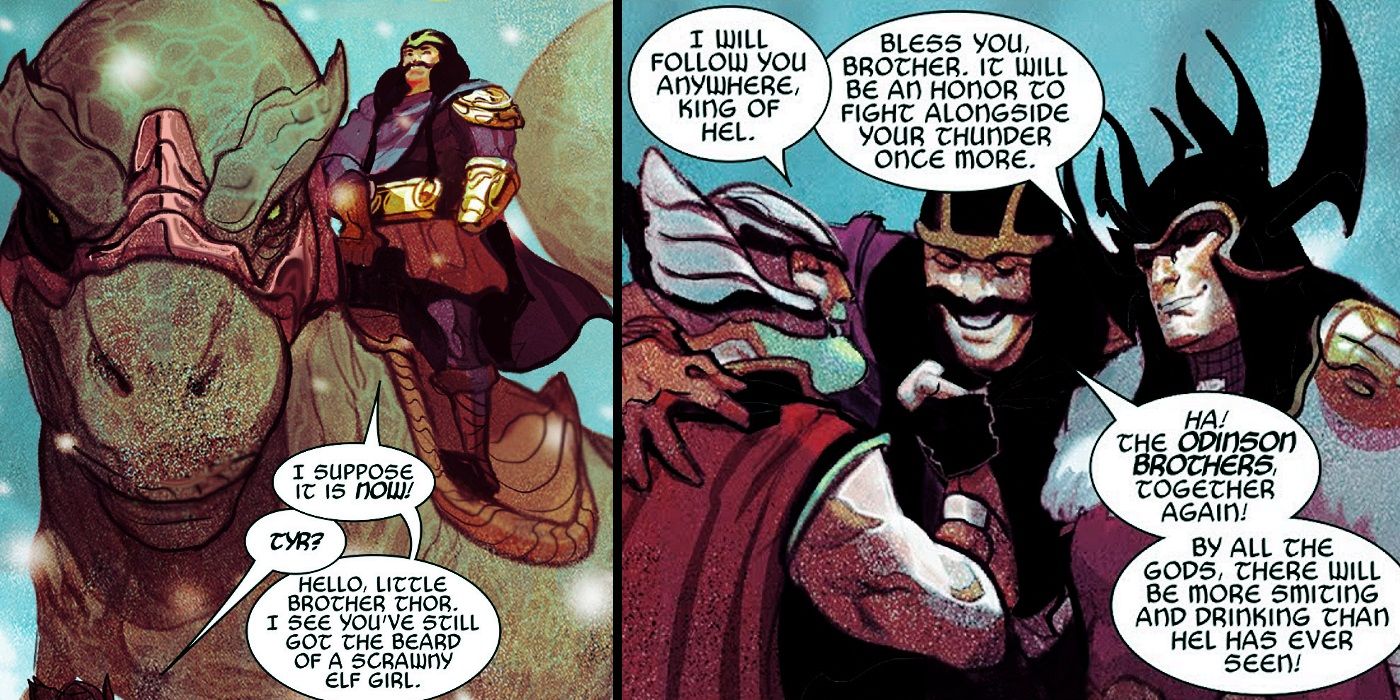One might think Loki, the Norse god of mischief, is the pinnacle of mythical antagonists thanks in no small part to Tom Hiddleston's compelling performance in the MCU. However, Thor's family tree in Norse mythology is quite a bit larger than the comics often give credit, and for all his swagger, Loki is just the tip of the frost giant.
One key distinction is that Loki is not Thor's brother in Norse mythology. While Loki's relationship to the gods varies from story to story - thanks in part to his own slippery, shape-shifting nature - Loki is traditionally seen as Odin's step-brother, making him more Thor's uncle than a brother. Still, the two have been paired together in several stories, and the sibling dynamic is certainly present even if the blood relation is not. While Thor's family tree shifts from source to source, there are quite a few interesting figures beyond the mercurial and manipulative Loki.
One of the most important sons of Odin is Balder the Brave. In order to protect Balder, his mother Frigg demanded that literally everything in existence swear not to hurt him - everything except mistletoe, which apparently didn't get the memo somehow. Of course, Loki hears of this and fashions a mistletoe-tipped spear, which he gives to the blind god Hodor, another brother of Thor, who unknowingly tosses the spear at Balder, killing him. Hodor is slain by another god, Vali. After a chain of events, Balder is destined to remain in the underworld, until Ragnarok, the twilight of the gods, where he and Hodor will emerge, reconcile, and rule over a new world alongside the next generations of gods.
There are several other intriguing sons of Odin. Vidarr is a silent warrior who could give Snake-Eyes a run for his money. A half-giant like Loki, Vidarr will never the less avenge his father Odin's death by killing the wolf Fenrir with his strong shoe. There's also Tyr, the god of war, who sacrificed his arm to distract Fenrir when the gods first bound the monstrous wolf - only for Tyr to be devoured completely by the hellhound Garmr. Lastly, there is Hermod, the messenger god. Hermod rode Odin's eight-legged horse Sleipnir to retrieve Balder after his death. Though Hermod does find Balder, he is unable to bring him back to the land of the living.
Most of the sons of Odin have appeared in one form or another in the comics. Balder has appeared very frequently as an ally of Thor, staring all the way back in Journey into Mystery #85, and like his mythical counterpart, his death is tied to the events of Ragnarok. Tyr also appeared in the very same issue but has largely been interpreted as a villain and love interest of Hela, something not necessarily shared with his appearances in mythology. Hermod first appeared in Thor #274 as a speedster god owing to his messenger status and has helped Thor several times as well. Finally, Vidar first appeared in Thor Annual #12, but unlike his mythical counterpart, perished sometime after the events of Ragnarok.
Comic books have long re-interpreted mythology to suit the purposes of continuity, just as mythology itself has often been revised to promote political ideologies dating back thousands of years. Still, as compelling as Thor and Loki are, the other sons of Odin have largely been underutilized. With Thor now the King of Asgard, maybe now is the time for his brothers to take his place by his side now more than ever.


